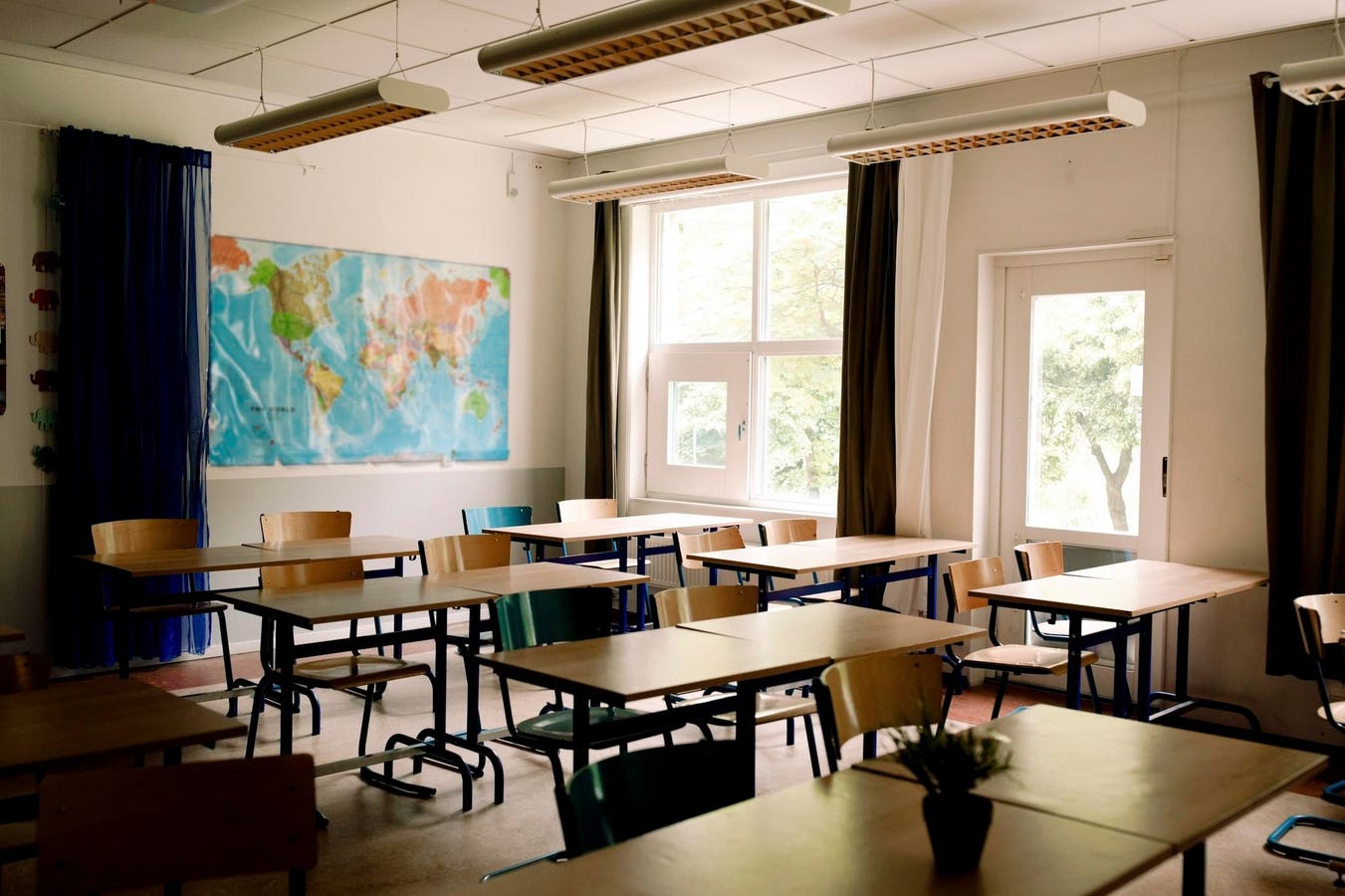Pamela Furr is founder and Chief Financial Officer of Puzzle Box Academy and Kaleidoscope Interventions. Connect with her on LinkedIn.
Education is the cornerstone of our society. However, our current education system has often been criticized for its uniform, one-size-fits-all approach. This leaves a significant percentage of our young people underserved, those who do not conform to the “standard” learning style.
Many have suggested that the traditional “one size fits all” model is no longer applicable. With various teaching styles and learning needs, it is evident a more personalized approach to education is required. Over the last 10 years serving our neurodiverse community at Puzzle Box Academy, I have seen firsthand the negative effects that ineffective approaches have on our children who come to us from these more traditional models..
The Centers for Disease Control and Prevention (CDC) states that approximately 9.4% of children aged 3–17 have been diagnosed with anxiety from 2016 to 2019. And 4.4% of children in that age range were also diagnosed with depression. And the rate of children aged 6–17 years ever diagnosed with either anxiety or depression increased from 5.4% in 2003 to 8% in 2007 and to 8.4% in 2011–2012. The public school system does not need reform; I think it requires a reboot.
The current public school methodology in the U.S. often referred to as the “factory model of education,” is based on the Prussian model of education. The Prussian system was designed in the early 19th century to provide a basic education for all students, often with an emphasis on obedience and conformity.
While the Prussian model may have been effective in its time, today’s diverse and rapidly evolving world requires an education system that caters to individual learning styles and promotes critical thinking and creativity. In short, our education system needs a reboot!
Time For A Reboot
Children come to us with unique talents, skills, interests and backgrounds. Yet, our school system often fails to identify, understand and cater to these variations, thereby limiting their potential. We need a reboot to recognize and accommodate variable learning types, to inspire creativity and to foster the intrinsic motivation for lifelong learning in each child.
We must alter our perception of what constitutes “learning.” Education is not just about grades or standardized tests. It is about developing intellectual curiosity, critical thinking, resilience, emotional intelligence, creativity and a sense of civic responsibility. Let’s imagine and believe in an education system that fosters these qualities. For example, at my organization, we have shifted the perception of education from a one-size-fits-all model to a learner-centered approach.
Here are some ways schools can foster a holistic approach to learning.
1. Encourage intellectual curiosity. Schools can encourage students to explore their interests by offering project-based learning opportunities. This allows students to delve deep into topics they are enthusiastic about, boosting their desire to learn.
2. Build critical thinking. Teachers can present real-world problems to students and guide them to find solutions. This not only enhances problem-solving skills but also develops critical thinking as students weigh different perspectives and possibilities.
3. Boost resilience. I recommend schools adopt a growth mindset culture, where mistakes are viewed as opportunities for learning rather than failures. In my experience, this helps students build resilience and perseverance in the face of challenges.
4. Support emotional intelligence. Integrate social-emotional learning into the curriculum. Have students participate in activities that help them recognize and manage emotions, build empathy and improve interpersonal skills.
5. Inspire creativity. Provide ample opportunities for creative expression, such as art, music and drama classes. These pursuits encourage students to think creatively and express themselves in unique ways.
6. Teach civic responsibility. Incorporate service-learning projects into the curriculum, allowing students to contribute to their communities and understand their roles as responsible citizens.
Taking A New, Holistic Approach
The traditional school systems, with an emphasis on obedience and conformity, are not adequately serving our children’s diverse learning needs. The rising rates of anxiety and depression among our youth underscore the urgent need for a transformation in our approach to education.
Rather than persisting with the outdated “one-size-fits-all” model, I believe we must shift toward a learner-centered approach that values individual differences and nurtures the whole child—intellectually, emotionally, creatively and socially. And I’ve seen firsthand the positive impact of such an approach.
By taking a holistic approach, we are equipping our students with the skills they need to thrive in an ever-changing world. However, the change cannot stop within the walls of one institution. Change needs to spread across the nation, permeating every classroom and every curriculum.
Education is not just about preparing our children for the workforce; it’s about preparing them for life. It’s about inspiring them to become lifelong learners, creative problem-solvers, empathetic citizens and leaders of tomorrow. This vision may seem ambitious, but it is not unattainable. If all educators commit to this shared goal and work together, we can reboot our education system and create a brighter future for all our children. Let’s not just imagine this new era of education; let’s reboot it.
Forbes Business Council is the foremost growth and networking organization for business owners and leaders. Do I qualify?
Read the full article here





